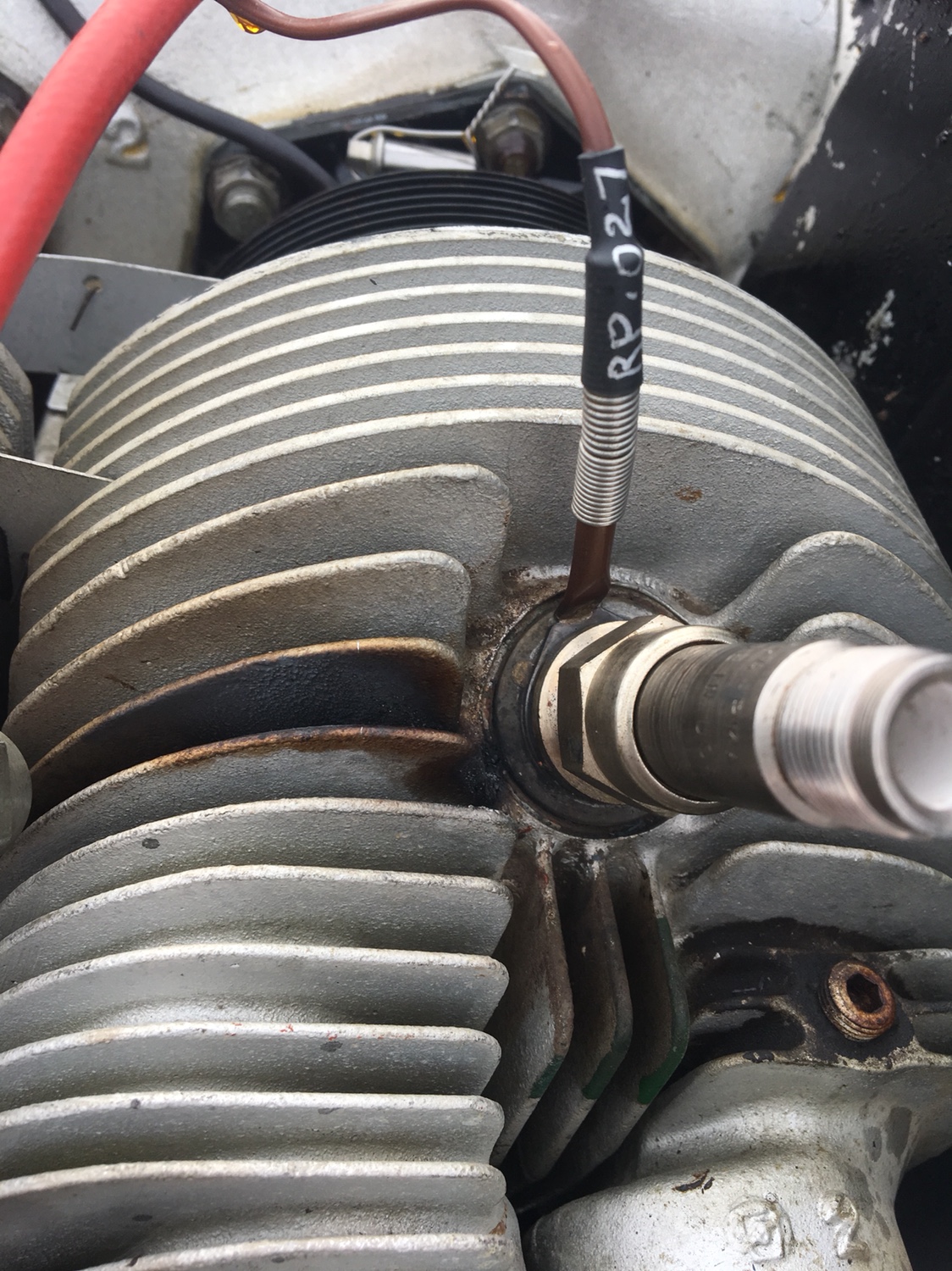LongRoadBob
Cleared for Takeoff
Have found out the airplane I will be flying now is a Cessna 172SP with Lycoming engine.
That the history of this particular aircraft was pretty stable up until sometime early 2017 when there have been two (or more) incidents of cracked cylinders.
First time was early 2017, two cylinders had developed cracks. They caught it, did a compression check and had the engine repaired.
Then (definitely once more but I think maybe two more times, It wasn't clear to me) again towards the end of 2017 was another (believe it was different) cylinder found to have cracks.
Then also in beginning of 2018, yet again.
This was brought up in a club meeting. The clubs' leaders have tried to find out what the reason for this sudden rash of this problem. They believe that there has been no difference in flying, use of the plane. They are less sure if something changed at where the repairs are being carried out.
One thing struck me, he mentioned I think the last time that the pilot never heard anything, but folk on the ground at the airport reported the engine sounding "strange". I wish I had thought to ask him "strange how?".
Anyone here experience cracked cylinder and any particular noise that may be apparent when this happens?
Also, I would expect "partial loss of power", but would that show up only on full throttle? Otherwise would someone just notice it in climb rate, or even know that with the throttle "just so" you expect around X rpm?
What signs, how do they manifest with cracked cylinders?
That the history of this particular aircraft was pretty stable up until sometime early 2017 when there have been two (or more) incidents of cracked cylinders.
First time was early 2017, two cylinders had developed cracks. They caught it, did a compression check and had the engine repaired.
Then (definitely once more but I think maybe two more times, It wasn't clear to me) again towards the end of 2017 was another (believe it was different) cylinder found to have cracks.
Then also in beginning of 2018, yet again.
This was brought up in a club meeting. The clubs' leaders have tried to find out what the reason for this sudden rash of this problem. They believe that there has been no difference in flying, use of the plane. They are less sure if something changed at where the repairs are being carried out.
One thing struck me, he mentioned I think the last time that the pilot never heard anything, but folk on the ground at the airport reported the engine sounding "strange". I wish I had thought to ask him "strange how?".
Anyone here experience cracked cylinder and any particular noise that may be apparent when this happens?
Also, I would expect "partial loss of power", but would that show up only on full throttle? Otherwise would someone just notice it in climb rate, or even know that with the throttle "just so" you expect around X rpm?
What signs, how do they manifest with cracked cylinders?


